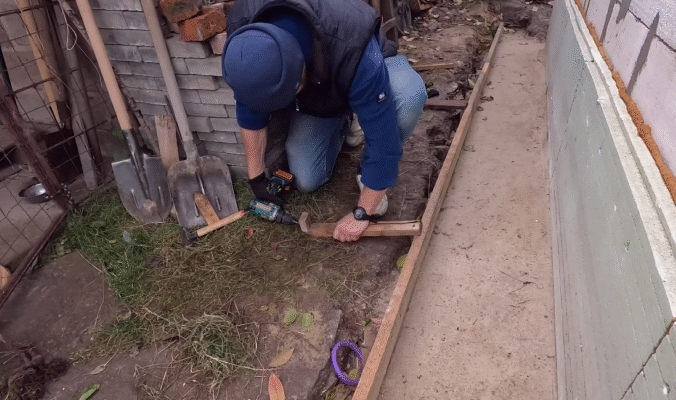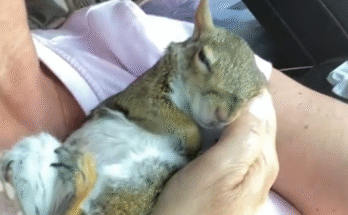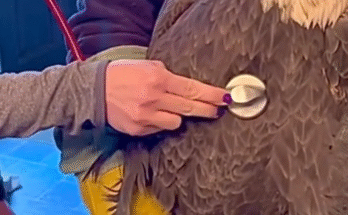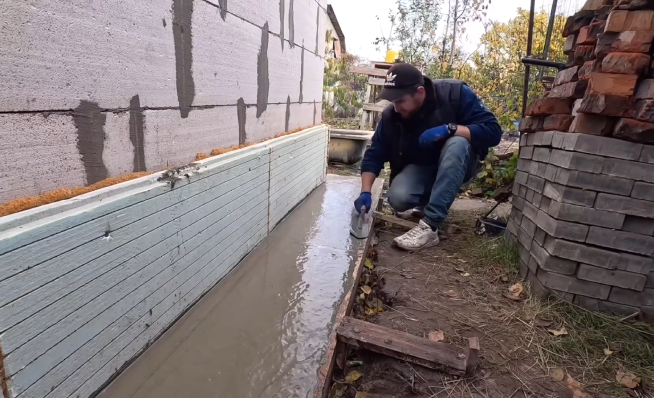
There is a peculiar feeling in discovering a blind spot — a patch of ignorance, an unseen flaw, a hidden truth. Most people like to believe they see clearly: that their decisions are logical, their relationships transparent, and their self-understanding complete. But the truth is, we all walk through life with blind areas trailing behind us like silent shadows. These unseen parts of ourselves and the world shape our stories in ways we don’t always notice until it’s too late — or until life gently, or forcefully, points them out.
Blind spots aren’t necessarily about arrogance. They’re about being human. Our brains are wired to focus, to simplify, to protect. If we absorbed every detail, every threat, every emotion at once, we would crumble under the weight of it all. So instead, we filter. We build narratives that make sense of our experiences, and sometimes, those narratives leave things out. Not because we’re trying to lie to ourselves — but because we’re trying to survive.

In personal relationships, blind areas can be dangerous. How often have you heard someone say, “I didn’t realize how much I hurt them,” or “I didn’t see the signs”? It’s easy to recognize toxic patterns in others, but recognizing them in ourselves is much harder. We all carry certain beliefs about who we are — perhaps you see yourself as generous, loyal, kind — and it’s painful to confront evidence to the contrary. So we subconsciously ignore it, minimize it, dismiss it as an exception.
Yet growth starts in these hidden places. The moment we say, “Maybe I don’t know everything about myself,” we crack open a door to wisdom. It’s uncomfortable, humbling work. It requires asking hard questions: Am I really listening when others speak, or am I just waiting for my turn to talk? Do I dismiss criticism too quickly? Am I showing up for people the way I think I am?
Blind areas aren’t just personal. They’re societal too. Throughout history, entire communities and nations have operated in blind spots — ignoring injustices, normalizing cruelty, rationalizing inequality. Sometimes it’s easier to cling to comfortable myths than to face uncomfortable truths. It’s easier to say “that’s just the way it is” than to ask, “why?” and “who does this serve?” Change often begins when someone points to a blind area and says, “Look.”
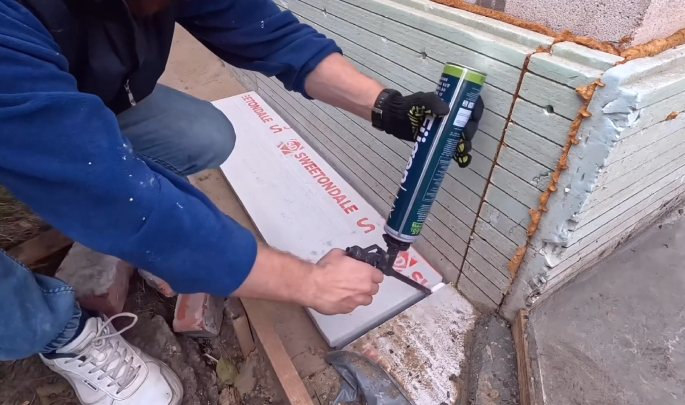
Of course, seeing the blind area is just the start. Then comes the harder task: deciding what to do with it. Some people recoil, angry and defensive. Others retreat into guilt and shame. But the healthiest response, perhaps, is curiosity. “Why didn’t I see this before?” “What can I learn from this?” “How can I be better now that I know?”
One story stands out. A young woman named Lila grew up believing she was fiercely independent. She prided herself on her self-sufficiency, her ability to solve problems without asking for help. It wasn’t until her late twenties, during a particularly difficult season of loss and change, that a friend gently said, “You know, sometimes you push people away who are just trying to love you.”
Lila was stunned. At first, she rejected the idea. She told herself that needing people was weakness, that she was protecting them from her problems. But over time, her friend’s words echoed louder. She began to notice moments where she instinctively shut down vulnerability, where she stiffened at offers of support. Her independence, once her badge of honor, was also her blind area. It kept her safe, but it also kept her isolated.
Realizing this didn’t make the blind area vanish overnight. It took practice — allowing herself to say, “I need help,” allowing herself to lean into discomfort, to trust. It was messy and imperfect. But it changed her life. What was once a blind area became a space of conscious growth.

In some ways, we can even be grateful for our blind spots. They reveal that we are works in progress. They invite us to humility, connection, and evolution. Imagine if we saw everything all at once — how overwhelming that would be! Blind areas are not flaws; they are opportunities waiting for our attention.
In relationships, addressing blind spots means creating space for feedback. It means asking others, “What’s it like to be on the other side of me?” and truly listening to the answers. It means welcoming discomfort as a sign that something important is happening. In work, it means questioning assumptions, seeking diverse perspectives, recognizing that our point of view is always incomplete.
And in our inner lives, addressing blind areas means radical honesty. It means noticing when defensiveness rises and asking, “What am I protecting?” It means admitting, “Maybe I don’t know myself as well as I thought.” It means understanding that life is not about being perfect, but about being open.
We can even find blind spots in the things we think we love. Take dreams, for example. We might cling to a particular version of success, imagining it will bring happiness — only to realize later that the dream was never truly ours, but something we inherited, something we thought we should want. Seeing this can be disorienting but liberating. It frees us to ask new questions: “What do I want now?” “What feels true to me today?”

In the end, “just a blind area” is never just a blind area. It’s a mirror. It’s an invitation. It’s a hidden garden we didn’t know we were tending. The courage to face it is the courage to become more whole, more alive, more real.
Maybe we never eliminate all our blind spots — maybe that’s part of the beauty of being human. But if we can stay curious, stay willing, stay awake, then our blind areas don’t have to control us. Instead, they can become the places where we learn, where we soften, where we grow.
So the next time you feel the sting of realization, the shock of seeing something you missed before — take heart. It’s not a failure. It’s a beginning.
After all, life isn’t about seeing everything perfectly.
It’s about learning to see a little more each day.
